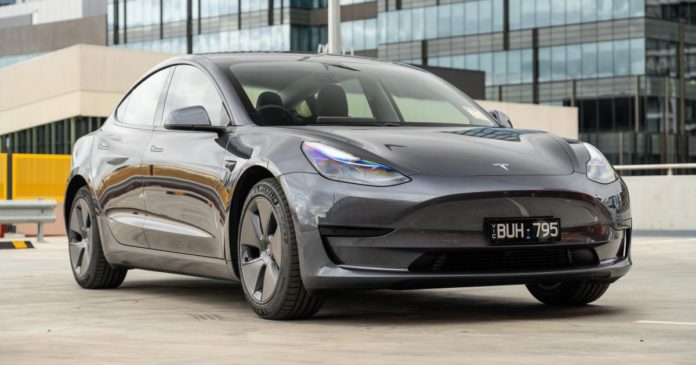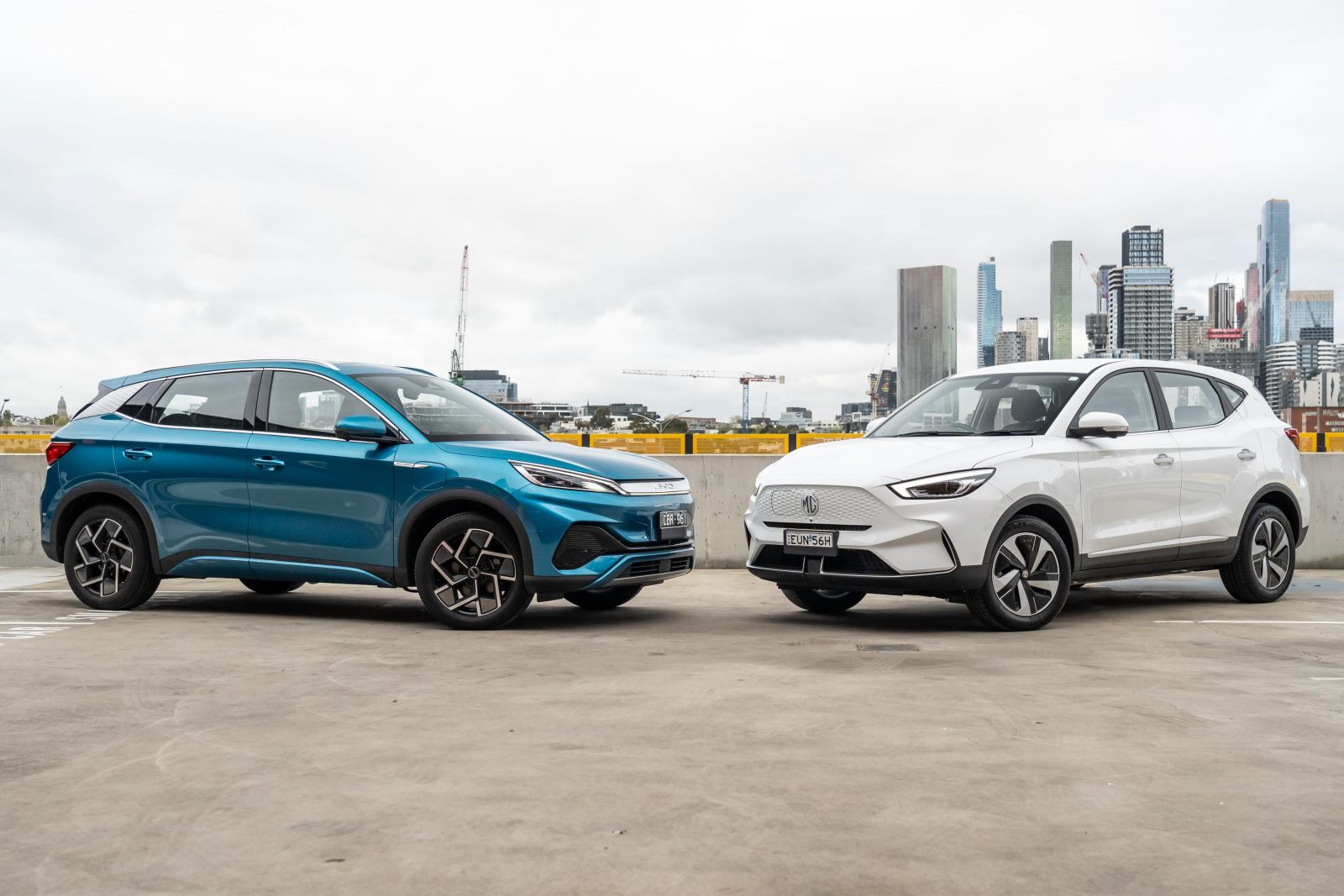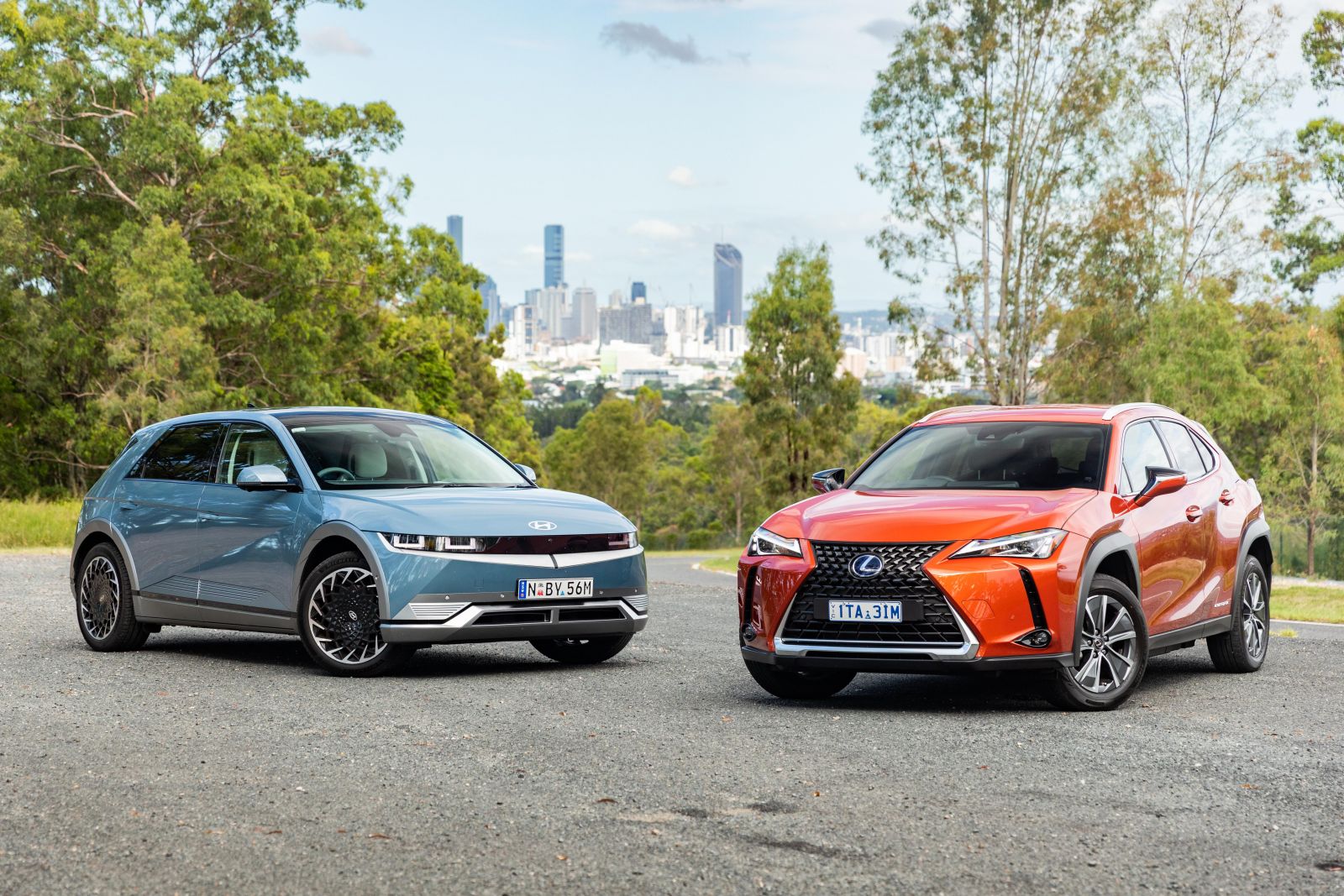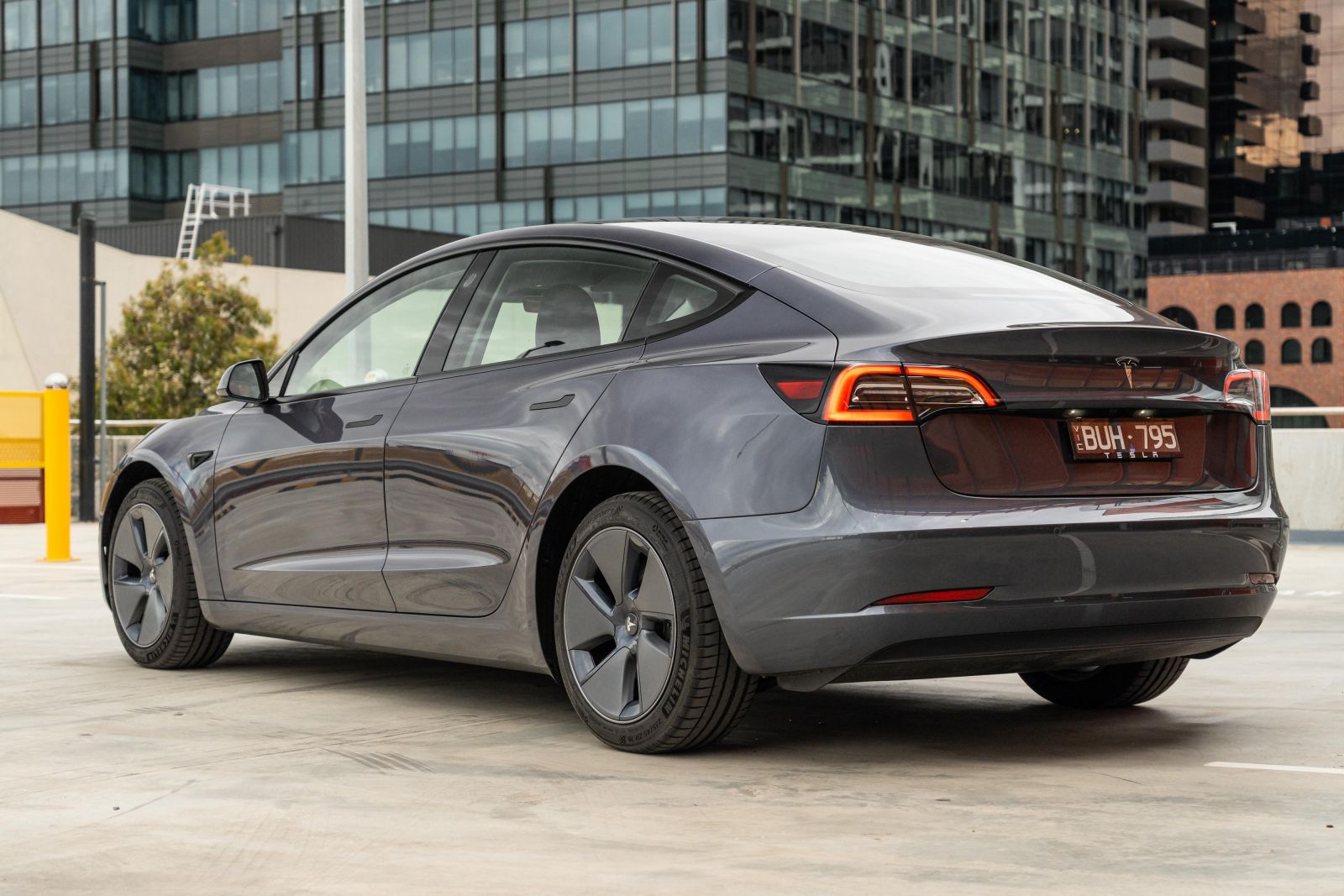Until very recently in Australia, unlike almost every other country in the OECD, there was no incentive at any level of government to buy electric vehicles.
Sure, the Federal Government has a higher threshold for green cars before it applied the Luxury Car Tax, but that applies to any car with fuel efficiency below 7.0 litres per 100km, and can’t really be called an electric vehicle (EV) incentive.
Update: This story originally ran in March 2022, but we’ve updated it to reflect recent policy announcements.
However, over the last few years Australian state governments have announced measures to encourage the transition to EV ownership. Those lucky enough to live in the ‘right’ state can save thousands of dollars.
Below is a look at the consumer-oriented initiatives of each state, and the impact on the price of Australia’s most popular electric car.
Australian Capital Territory
Until the New South Wales policy announcement in 2021, the ACT claimed it had the most generous incentives of all.
New EVs are exempt from stamp duty, equivalent to around $2700 for a $60,000 car that emits more than 221g of CO2 per km.
All electric cars, new or used, purchased in the ACT are also exempt from registration costs for two years.
The ACT also has a Sustainable Household Scheme which will provide zero-interest loans of between $2000 and $15,000 to eligible households to help with the upfront costs of investing in energy-efficient upgrades, including zero-emission vehicles.
In July last year the ACT announced it will end sales of new petrol and diesel vehicles by 2035 as part of a wide-reaching electric vehicle strategy.
MORE: ACT government moving public-servant fleet to EVs, will slash running costs
MORE: All ACT new car sales to be zero-emissions by 2030 under ambitious plan
MORE: ACT EV strategy revealed, new ICE vehicles banned from 2035
New South Wales
Just like the ACT, new and used EVs (under $78,000) are exempt from stamp duty.
In addition to this, the first 25,000 electric vehicles sold under $68,750 attract a $3000 rebate on the purchase price.
Along with these incentives comes over $170 million to be spent on charging infrastructure within New South Wales.
MORE: NSW State Government announces sweeping electric-vehicle stimulus package
MORE: NSW electric car incentive package passes into law
Queensland
Queensland has joined several other states in releasing a policy designed to increase the uptake of electric vehicles. It will soon have the most generous in the country too.
From July 1, 2023, the Queensland Government will double its household EV rebate from $3000 to $6000 and increase the price cap for new vehicles eligible under the scheme from $58,000 to $68,000.
Applicants must have a combined household income of $180,000 or less to get access to the maximum rebate under the Zero Emission Vehicle Rebate Scheme.
The doubled rebate is exclusive to eligible households – meaning two individual rebates of $3000 – but individual buyers, as well as households, above the income threshold will still have access to the older $3000 discount.
Applicants who have already applied and received a $3000 rebate under the earlier scheme, and who are under the total gross income threshold, are considered eligible for reassessment and additional payment of the $3000 rebate.
MORE: Queensland offering Australia’s most generous electric car incentives
Victoria
New electric and hydrogen vehicles (under $68,740) attract a subsidy of $3000.
There are more than 20,000 subsidies to be given out under the present scheme, with the first batch numbering 4000. Victoria also has an electric car infrastructure package worth $19 million.
Although there is no stamp duty exemption, Victoria does have a flat stamp duty for electric cars regardless of purchase price. Electric vehicle owners pay $8.40 per $200 market value, the same as internal-combustion cars under $71,849.
Conventionally powered luxury vehicles pay up to $18 per $200 market value if they are over $150,000.
You could say this qualifies as an incentive, but only if you are lucky enough to be choosing between a Porsche Taycan and a Panamera.
Finally, all EVs registered in Victoria will also receive a $100 discount in their annual registration.
Unlike all the other states, Victoria has already started to make EV drivers pay a road user charge of 2.6 cents per km (2.1 cents for plug-in hybrids) whereas such a charge in NSW and SA won’t start until 2027.
Victorian EV motorists can expect to part with $260 if they do a typical 10,000km per year.
MORE: Victoria passes electric vehicle road tax
MORE: Victoria commits to electric car subsidies, 2030 sales target
MORE: Victorian electric car tax facing High Court challenge
MORE: Victorian EV tax increases for new financial year
South Australia
South Australia offers a $3000 rebate on the first 7000 new battery-electric vehicles under $68,750 including GST.
Demonstrators and used cars do not qualify for the scheme. New battery-electric cars under the same $68,750 incl. GST are also eligible for three years of free registration fees, although other insurance-related charges may apply.
MORE: South Australia passes electric car rebates – and road user tax
Tasmania
New and used electric vehicles are exempt from stamp duty, which will shave around $2400 from the on-road price of a $60,000 vehicle.
There is also two years of free registration for EVs used for rental purposes, covering both private ride sharing operators, and rental companies. This expires in July 2023 unless it’s extended.
Tasmania is also spending $600,000 to expand its DC public fast charging network.
Northern Territory
The NT Government announced measures in 2021, which take effect from July 1, 2022 to promote EV uptake.
There are no rebates, but electric vehicles and plug-in hybrids valued at up to $50,000 get a $1500 stamp duty discount until June 30, 2027. Any amount over this price cap continues to attract three per cent stamp duty.
There’s also free registration up to June 30, 2027, including for used vehicles and those brought in from overseas or interstate.
The NT Government has also introduced a grant scheme for EV chargers.
This consists of 100 residential grants of $1000, plus 80 business grants of $2500, intended for the purchase and installation of EV chargers. They’re available on a first-come, first-serve basis.
MORE: Northern Territory introduces new EV incentives
Western Australia
The Western Australian State Government recently announced an electric vehicle (EV) support package including $3500 rebates for buyers spending less than $70,000.
Headlining the WA announcement is the ‘Clean Energy Car Fund’ which will include a claimed $36.5 million in taxpayer dollars to pay for up to 10,000 rebates of $3500 each, to Western Australians who buy a new EV or hydrogen fuel-cell vehicle (FCEV) up to a value of $70,000.
WA in 2021 announced a 45-station, $21 million EV charging network stretching from Kununurra in the north down to Perth, and out to the regional centres of Esperance and Kalgoorlie.
MORE: WA government releases $3500 EV rebate, 2027 road-user charge
What does Australia’s most popular electric car cost in each state?
What does all this mean for the bottom line?
Below are ‘drive away’ figures (including any rebates) for the most popular variant of the Model 3 sedan in its least expensive trim configuration.
The biggest variable behind the differences in the states (after any rebate) is the amount of stamp duty. Stamp duty is non-existent or negligible in the cheapest states, and Western Australia’s pricing reflects its status as the stamp duty heavyweight with purchasers hit with more than $4000 in duty.
- Australian Capital Territory: $63,720
- New South Wales: $64,201
- Northern Territory: $65,742
- South Australia: $66,456
- Tasmania: $63,703
- Victoria: $66,767
- Queensland: $65,106
- Western Australia: $68,218
The above figures are drive-away, and include all the relevant rebates and stamp duty reductions. Some rebates may need to be claimed after purchase.







